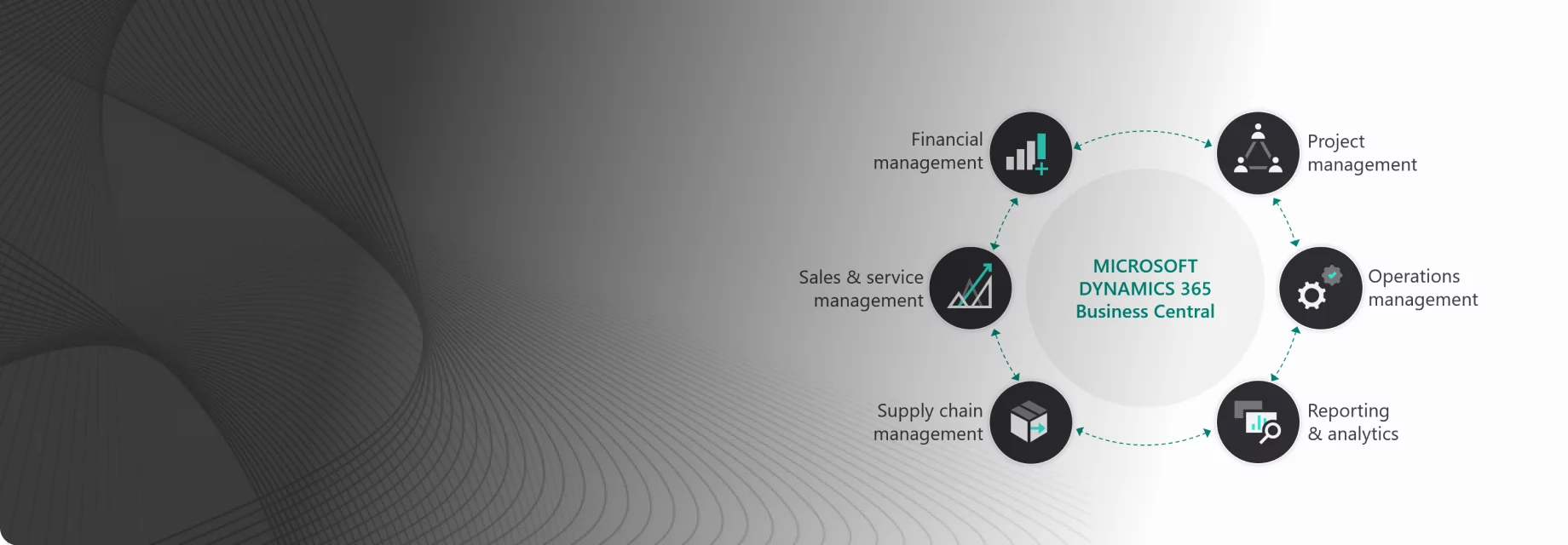Cloud computing is growing fast and it offers several advantages over traditional methods of computing. For example, migrating to cloud can save businesses money by reducing the need for on-premises hardware and software. Additionally, cloud services can be scaled up or down as needed, making them a great fit for businesses that experience seasonal fluctuations in traffic based on demand. As this trend continues to grow, it’s important for business owners to stay informed about emerging trends in cloud computing so they can prepare their businesses accordingly.
Here are the top 5 trends outlined below that will define the future of cloud computing in 2022.
1. Smarter Cloud Delivery Models in 2022
The two most trending are serverless and Hybrid cloud models.
Hybrid Cloud
Hybrid cloud is a combination of multiple delivery models such as public, private and dedicated. It allows companies to go hybrid for specific applications which helps them in moving away from single-cloud dependency while continuing to use legacy infrastructure assets without the need to replace existing technology.
Serverless Cloud
Serverless cloud computing , also known as Functions-as-a-Service (FaaS), is a cloud computing model in which the cloud provider dynamically manages the allocation of compute resources to meet the demand from running applications. It is an event-driven, on-demand service that allows developers to create small, single-purpose functions that are triggered by events.
Serverless cloud computing offers many benefits over traditional server hosting. For example, businesses no longer have to worry about managing and maintaining servers. Additionally, serverless cloud platforms are scalable and can easily be adapted to changing needs or demands.
The popularity of serverless cloud computing is expected to continue to grow in 2022 as more businesses move their operations online.
2. Bringing Intelligence to Cloud Computing Space
The cloud has evolved into more than just a storage facility for computing power. Organizations are keen on extracting insights from the data available through Machine Learning and Artificial Intelligence and are keen on boosting efficiency with best automation practices.
Machine Learning and Artificial Intelligence in the Cloud
Machine learning (ML) and artificial intelligence (AI) are two of the most talked-about technologies today. And for good reason – they offer amazing potential benefits for businesses.
Both ML and AI can be used to process large amounts of data more quickly and efficiently than humans can. They can also help businesses make better decisions by providing insights into customer behaviour, trends, and preferences.
The adoption of machine learning and artificial intelligence in cloud computing is expected to increase significantly in 2022.
Cloud Automation Services
With cloud automation services, cloud providers offer tools that allow businesses to control their cloud usage and management. This includes function-as-a-service (FaaS), serverless computing, storage as a service, auto-scaling for web applications in the cloud, monitoring of virtual machines in real-time, etc.
According to sources in 2022 cloud automation services will be a $12.38B market and cloud management tools will grow to $21 billion by 2022.
3. Improved Security and Compliance
Businesses are more concerned about the security of their cloud deployments and the compliance of their data. Cloud providers are responding by offering improved security features and compliance certifications. This has created a huge demand for Secure Access Service Edge and Cloud-based disaster recovery practices.
Secure Access Service Edge
Secure Access Service Edge (SASE) is a cloud security architecture that allows businesses to manage and control access and connectivity between cloud applications, cloud services, on-premise IT infrastructure, and end-user devices. It provides users with a single sign-on experience across multiple enterprise cloud apps while maintaining the strictest levels of security compliance.
Cloud-based disaster recovery (DR)
Cloud-based disaster recovery uses cloud computing to back up data and run the necessary business processes in case of a natural or human-made disaster. It can also be used for load balancing, replicating cloud services across multiple cloud providers, etc.
This enables organizations to continue operating even if they lose access to their physical infrastructure because of an outage.
4. Emphasized innovation and application development technologies
Cloud computing has opened new opportunities in application development, particularly in containers and Kubernetes. Containers are a lightweight way of packaging applications that makes it easy to deploy them on any cloud platform or infrastructure.
Kubernetes is an open-source system for managing containers at scale. It has become very popular among DevOps teams because it helps them automate the deployment, scaling, and operations of containers.
In 2022, cloud providers are expected to emphasize innovation and application development technologies, including containers and Kubernetes. They will continue to invest heavily in these areas because they see them as the future of computing.
5. Growth in Cloud Gaming, AR, and VR
In the years ahead, we will witness a tremendous expansion in cloud gaming. In 2022, Google’s Stadia and Amazon Luna are going to shape the future of cloud gaming. The advent of Cloud Virtual Reality and Augmented Reality (VR/AR) has made VR/AR headsets more accessible while also fostering the growth of cloud gaming across various demographics.
Cloud-based VR and AR will also be used in areas such as data visualization, product design engineering, etc. Cloud gaming is expected to grow exponentially due to new service models and hardware availability.
Conclusion
Cloud computing applications appear to be limitless, with 25% of businesses planning to migrate all of their software to the cloud in the coming year.
In 2022, increased cloud computing adoption and the discovery of new ways to use cloud-based systems for insights and efficiency will be two major themes. As cloud-based systems continue to grow in processing power, scalability, and flexibility, the use of cloud is expected to continue to rise.
The path to adoption and the time it will take may for every business, but one thing is certain: there will be no turning back.










